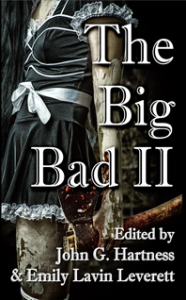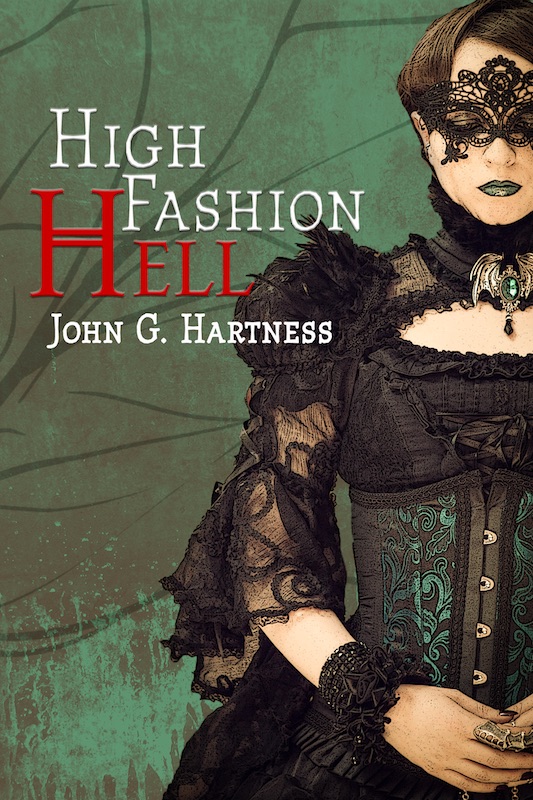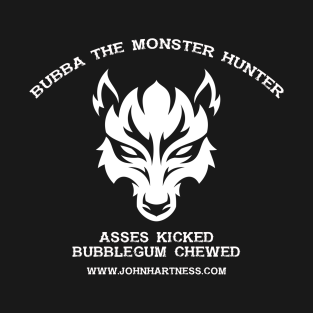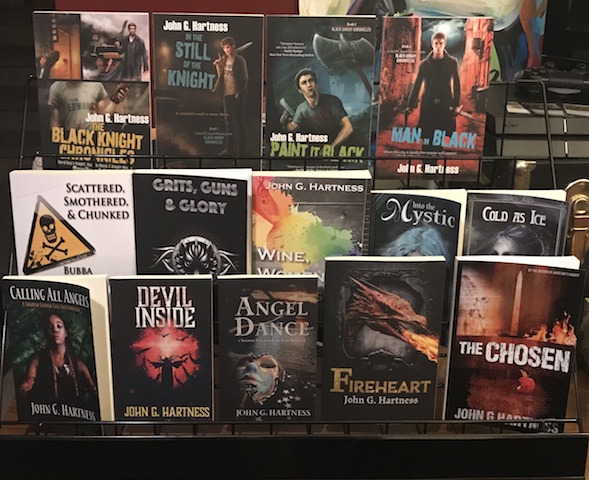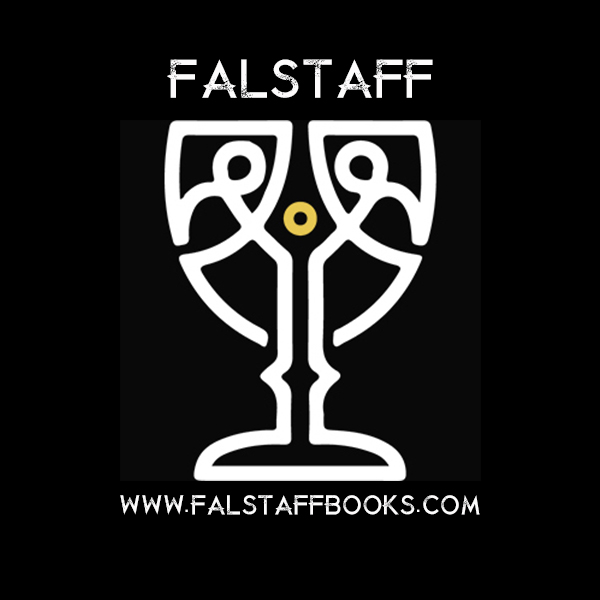Don’t Breathe Out
by
Sarah Joy Adams
Some things were strictly forbidden in my house while I growing up and Horror was definitely on the list. My mom had seen a horror movie once, peeking out from behind my grandfather’s armchair when she was supposed to be asleep, and it gave her nightmares for years. Between my mother’s (entirely understandable) desire not to let her kids have their own years of nightmares and the fact that we didn’t have cable there weren’t a lot of opportunities for me to find out what horror was. I grew up with the vague impression that horror meant Stephen King and teenagers getting hacked to pieces. Since I liked my teenage babysitters and had enough childhood fears of my own to be getting on with, the prohibition on Horror was not one I was eager to break.
Besides, my local library had plenty of other books for me to read that were perfectly acceptable. Mythology was a whole other thing, right? And the Brother’s Grimm was fairytales, so that was okay. And ghost stories were….okay, mom probably didn’t want me reading those either, but I snuck a few home every once in a while, telling myself that they didn’t count because they were real. So I grew up reading about Blue Beard’s Chamber and Saturn devouring his children and any number of creepy old houses inhabited by vengeful spirits. Not to mention Little Red Riding Hood – for years, I was sure there was a pony sized wolf waiting behind the bathroom shower curtain to eat me all up.
The result was that I grew up without a sense of horror as a genre, but a really strong sense of what was horrifying. For me it’s not about big scary monsters, but about visceral, lingering fear. This is why Jabba the Hutt’s rancor monster trying to eat Luke was, to me, just a cool fight scene, but his little dog-rat-thing chewing on C3PO’s eye was the stuff of nightmares. Give me a good light saber and that monster’s dead. But the little rat thing will sneak up on you and eat your face when you’re most vulnerable. This is how Lovecraft managed to make geometry and colors terrifying. (If that doesn’t ring a bell go read “Brown Jenkin” and “The Colour out of Space.” Just don’t read them late at night.)
It can be sudden and bladder clenching or it can be slowly dawning realization, but either way, effective horror induces what Emily Dickinson called the “zero at the bone.” Good horror is the difference between gore and pain. Blood is just blood. It can be cleaned up. It can even be funny. Pain is inside you, inescapable. Effective horror creates that gut clenching fear of inescapable pain. It makes you feel small and helpless, that your only hope is to freeze so the evil thing doesn’t see you.
Read more from Sarah in The Big Bad 2!
